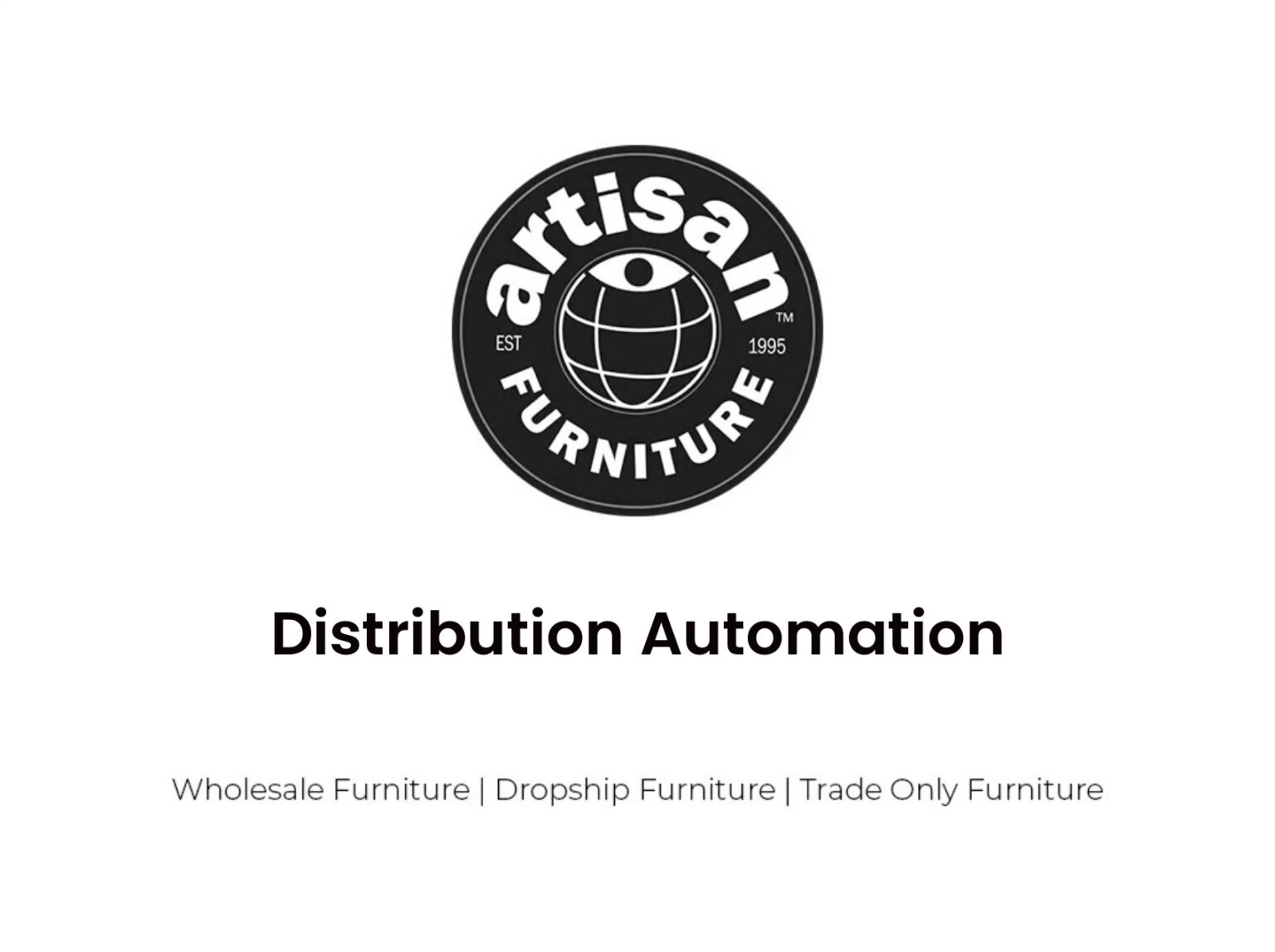
Distribution Automation
Revolutionizing the Furniture Industry: The Impact of Automation in Wholesale Furniture Distribution
The evolution of wholesale furniture distribution marks a significant shift in the industry, driven by the integration of automation technologies. This transformation is not merely a matter of efficiency; it’s a complete overhaul of the traditional models, paving the way for unprecedented levels of productivity and accuracy in the furniture supply chain.
At the core of this revolution is the utilization of advanced software and robotics in managing inventory, processing orders, and handling logistics. These innovations address the critical pain points in wholesale furniture distribution, such as inventory management, order fulfillment, and logistical challenges. By adopting automation, distributors can dramatically reduce manual errors, enhance tracking accuracy, and streamline the entire distribution process.
Significantly, the use of big data analytics in conjunction with these technologies has led to more informed decision-making. Analyzing customer trends, stock levels, and supply chain performance, distributors can now make strategic decisions that align with market demands and operational capacities. This data-driven approach enables a more responsive and agile distribution model, crucial in an industry where consumer preferences and trends evolve rapidly.
Another key aspect is the enhancement of customer experience. Automation allows for quicker response times, real-time updates on order status, and a smoother overall purchasing journey. In an era where customer satisfaction is paramount, this aspect of automation in wholesale furniture distribution cannot be overstated.
Moreover, the environmental impact of automation in this sector is noteworthy. With more efficient routing of deliveries and optimized inventory management, there is a substantial reduction in carbon footprint. This alignment with sustainability goals not only benefits the planet but also resonates with the growing consumer demand for eco-friendly business practices.
Despite these benefits, the transition to a fully automated system is not without its challenges. The initial investment in technology and training can be significant, and there is a need for ongoing maintenance and updates to keep systems running smoothly. Additionally, the human workforce must adapt to new roles that are more focused on managing and maintaining these automated systems.
In conclusion, the wholesale furniture distribution industry stands at the brink of a new era, with automation acting as the catalyst for change. This technological leap forward promises to redefine the way furniture reaches retailers and ultimately, consumers, making the entire process more efficient, accurate, and sustainable. As we look to the future, it’s clear that embracing automation is not just an option but a necessity for those looking to thrive in the competitive world of furniture distribution.

